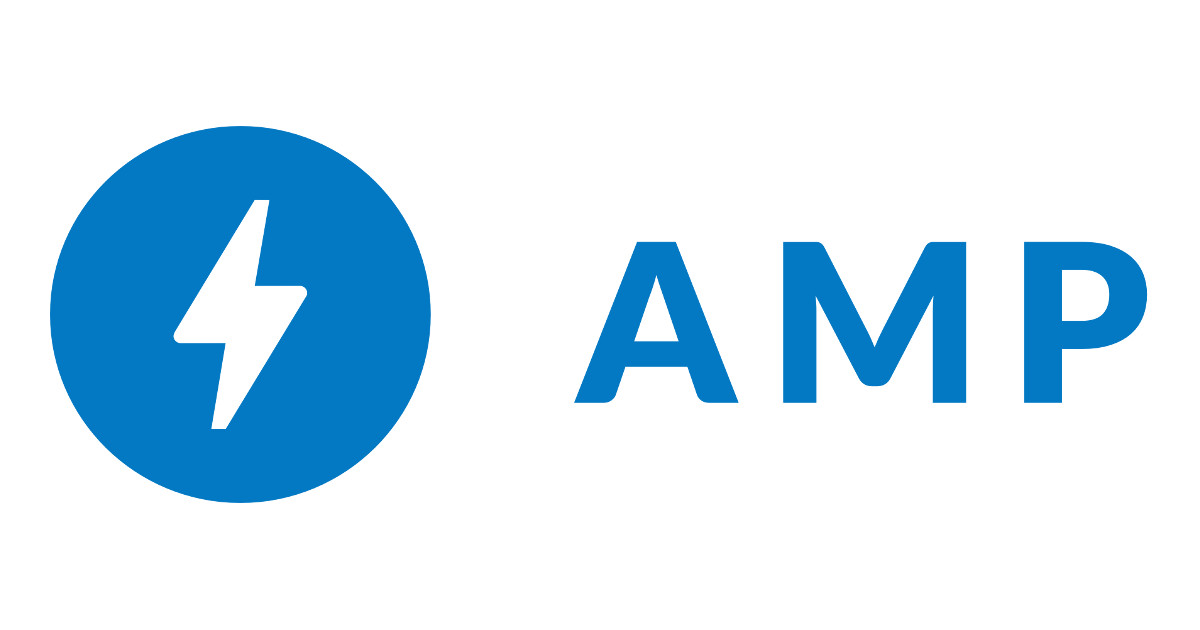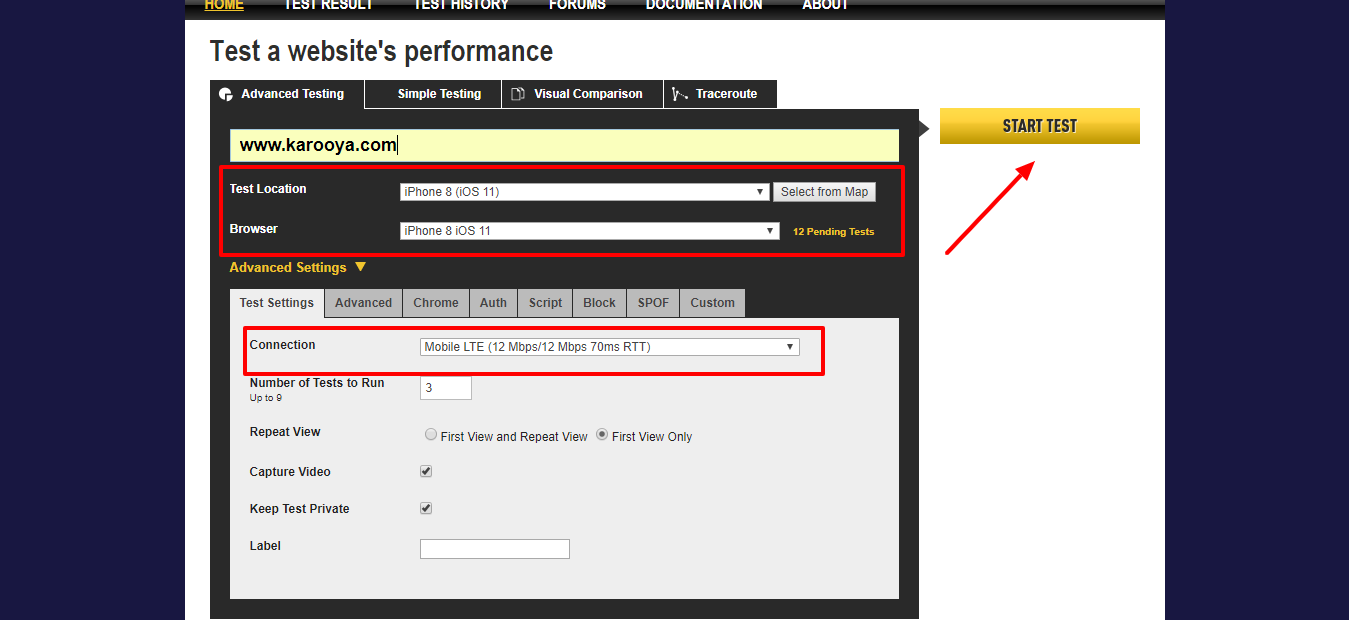With 20% of conversions falling as a result of slow loading landing pages, Google has sought a solution to offer customers with a positive landing page experience. Introduced first for Google search results in the year 2016, AMP (Accelerated Mobile Page) was recently announced to soon be available for search text ads.

What is AMP?
Accelerated Mobile Page is an open source, development framework designed by Google to help create fast loading, light-weighted and mobile friendly landing pages. The pages created with Accelerated Mobile Page are served by AMP cache which loads the pages faster than when it is loaded directly from the web server of the business. It not only contributes in improving your SEO performance, you can also create AMP ads to create faster, lighter and safer ad experience. And now with it soon to be available for search text ads advertiser can optimize paid search experience too.
The 3 main components of the framework are:
- AMP HTML
- AMP JS (JavaScript)
- AMP Cache
Here is a quick video to understand how AMP functions:
By using AMP you can expect the following benefits:
- Improve landing page experience
- Reduced page abandonment and bounce rate
- Higher CTRs
- Improves your ranking in Google Search Results
- Increase in mobile site traffic
Here are some of things to keep in mind while creating AMP pages, here are the AdWords developer guidelines to follow and here is the step-by-step guide.
Testing which page needs to optimize its load time
To test you landing pages for compatibility on mobile devices, here is where and how you can test the load time and decide the pages to create with AMP.
Step 1 : Go to Webtest
Step 2: Enter the name of your landing page
Step 3: Select the mobile browser for which you wish to check the load time
Step 4: Expand the Advanced Settings and select the connection type for which you wish to check your load time

The subsequent result page will show you the load time with other details. If the load time is less than 3s, you probably can skip creating on AMP, but otherwise, consider using AMP to optimize the load time of your page.
Here is an example of page not created through AMP and its result:

You can also Test Your Mobile Speed with Google’s Tool and get insight into the mobile load time at the connection speed of 3G.
Whether you should use AMP for your business or not?
Seeing the benefits it occurs that AMP is the next best option for your business. But, don’t forget that AMP landing pages are driven from Google search results, social media platforms or any website where the AMP ads have been placed. For your website to be mobile optimized the subsequent pages that the AMP pages lead to must be equally fast loading. Otherwise, though the customer might not abandon when at the AMP page, but might do so at the following pages.
With that caution in mind, here are the businesses that can see some traction from mobile with AMP:
Local Businesses: For local businesses such as a salon or a handyman, getting their landing pages with their services and other information optimized through AMP, helps beat the competition prevailing in the local market.
News/ Entertainment: Businesses that offer content for the customers benefit greatly as with AMP landing pages the first click on the article/ news that the user is willing to read is received and delivered with positive results.
Lead Generation Businesses: Businesses that are looking for driving registration or sign-ups from their websites, can create AMP landing pages and expect a better turnout. But remember,, from wherever the customer is being led from, make sure that they are expecting a sign-up form or an action. If there is a disconnect in the messaging vis-à-vis, the landing page, then too drop-offs will be there.
eCommerce: If the landing page the customer is being taken to, is the decision making page, then making sure that those landing pages are mobile optimized would improve the conversions. For eCommerce businesses, making product listing pages with AMP helps load the product page quicker and make decision making equally quicker. But here, ensuring that a relevant product is being shown helps make the conversion a one-step-process. Else, the customer is bound to browse for more options.
Conclusion
Businesses, before creating on AMP need to also think about optimizing other pages that are important and can be visited by the customer. By leaving them with the AMP page in the beginning and losing them when they move to subsequent page, again would not solve the purpose. So, plan and start optimizing your mobile traffic.
Related Links:





Stop the wasted ad spend. Get more conversions from the same ad budget.
Our customers save over $16 Million per year on Google and Amazon Ads.